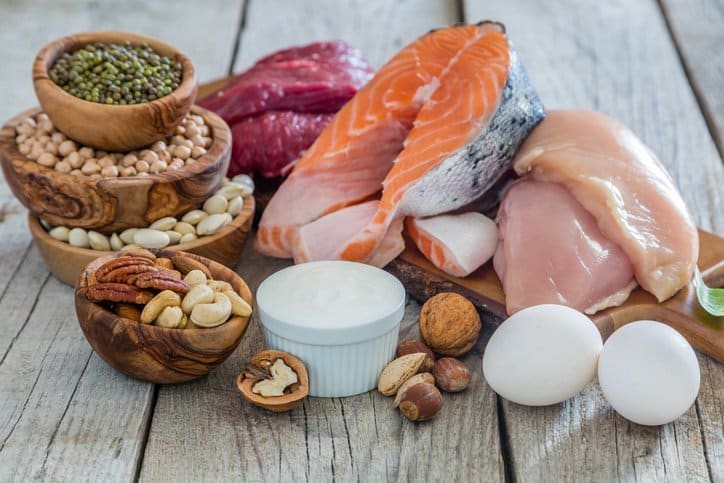According to government sources, more than half of Australians right now are struggling with being overweight while nearly a third are obese. Mix the modern sedentary lifestyle with a confusing amount of marketing on “healthy” foods, it’s no wonder most Australians aren’t eating a good diet.
Carbs or carbohydrates, fat and protein are the biggest words used in marketing for food products, be it ‘high’ or ‘low’. So what are they? These are the three macronutrients that are sources for energy (not including alcohol, which we’ll get into also) for humans. Energy is measured in kilojoules by most Aussies, or calories (roughly 4.2 kilojoules) if you’re old school or American. Here’s the basic understanding of what they are:
WHAT IS PROTEIN?
Protein is not only a fuel for the body, they are known as the building blocks of body tissue. With the same energy density as carbs (17 kJ) per gram, the main difference is the amino acids.
These amino acids are linked together by peptide bonds and when we digest food, protein is broken down in the stomach to smaller polypeptide chains.
There are nine essential amino acids humans need in their diet, they’re the words with “ine” in the end you’ll hear about in supplement stores.
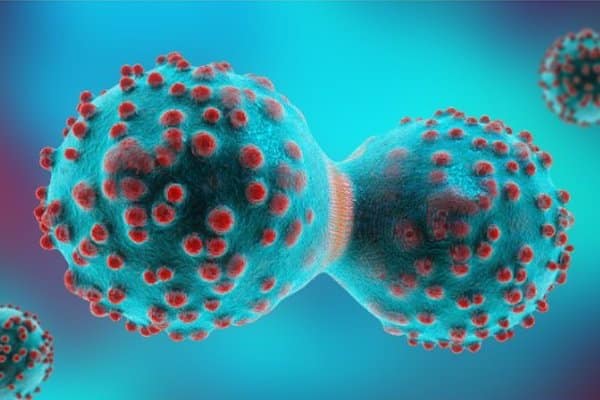
What are the essential amino acids found in proteins?
-
- Phenylalanine – Found naturally in breast milk of mammals. Phenylalanine is often sold as a nutritional supplement as it can ease pain and be an antidepressant.
- Valine – One of the branched chain amino acids that is essential for humans. It’s found in most protein food sources.
- Threonine – One of two proteinogenic amino acids with two chiral centres, the other being isoleucine.
- Isoleucine- Good for insulin resistance.
- Tryptophan – A less common amino acid found in protein, but helps anchoring membrane proteins within the cell membrane. Known for helping sleep patterns.
- Methionine – An important part of angiogenesis (growing new blood vessels).
- Leucine – Another branched chain amino acid making it popular in muscle building supplements like whey protein as it slows the degradation of muscle tissue by increasing the synthesis of muscle proteins.
- Lysine – In the production of carnitine, which is key in fatty acid metabolism. Some athletes believe it can increase hormone levels.
- Histidine – a precursor to histamine which is used in medicines for inflammatory issues. Found in dozens of high protein foods for your diet.
If you want to know how to get the most protein into your body for the least amount of calories from fats and carbohydrates, these are the best.
What are the best foods for protein?
-
- Whey protein
Ever see people at the gym shaking what looks like a milkshake and then sculling it like they’re Robert Downey Jr with a beer? That’s more than likely whey protein. Whey protein is a by product of the process of making cheese. The result is almost pure protein.
- Whey protein

-
- Soya protein
Pretty much the same as whey protein in content, but one that’s friendly for those who can’t or don’t consume dairy products. It also has a little more fibre and a little less carbs as well.
- Soya protein
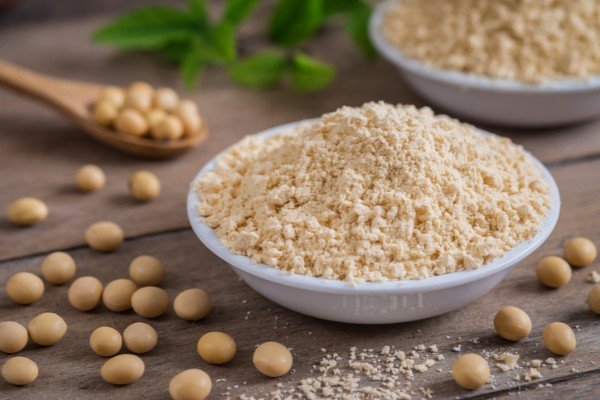
-
- Fish
Of all the animal produce to eat, none is better for you than fish. It has zero carbs and a lot of protein and good fats. It can be a little high in sodium (they come out of salty sea water after all), but just counter that with some green vegetables and drinking plenty of water.
- Fish
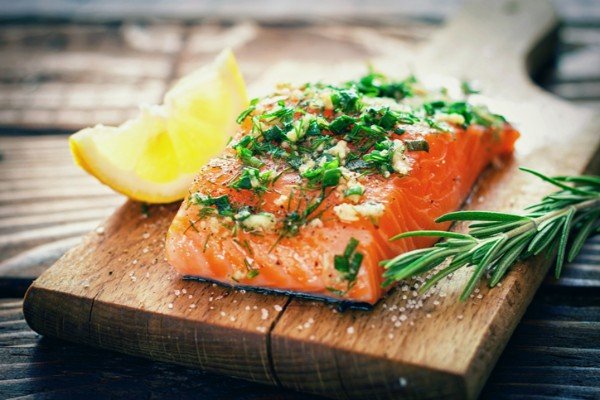
-
- Shellfish
Again, it’s the sea that’s producing the goods for high protein and low saturated fat goodness. Shellfish are also full of Vitamin B12 which helps you metabolise fats, carbs and protein.
- Shellfish
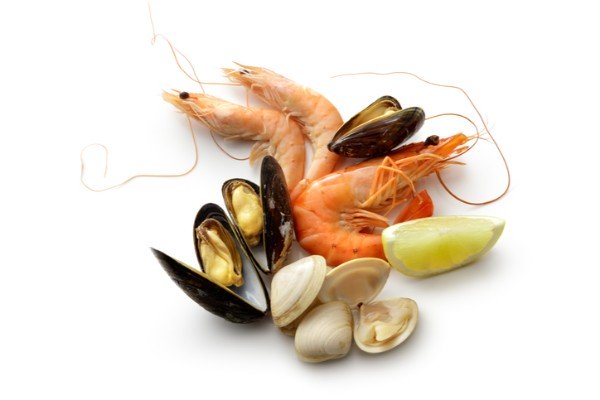
-
- Tofu
The best source of protein that’s not sourced from animals is tofu, so it’s no wonder it’s a go-to for vegans. It’s also very high in manganese which helps absorb amino acids plus it’s full of good fats as well. So if you can cop the taste of it, even meat eaters should get some tofu into them once in a while.
- Tofu

-
- Parmesan cheese
Although it may smell like baby vomit, parmesan cheese is actually a huge protein boost you can add to your food. It does contain a fair whack of saturated fats, but it’s 42% protein and just 4% carbs. It’s also extremely potent in calcium which, as you probably already know, is great for your bones.
- Parmesan cheese
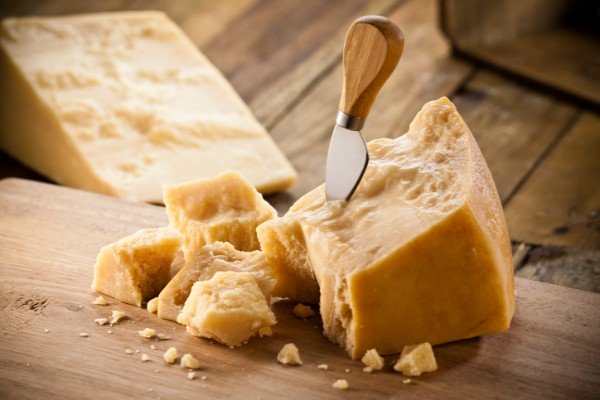
-
- Beef
When most people think protein, they think about beef. Lean cuts of beef is not only 36% protein, it contains zero carbohydrates. But before you go and light that barby, remember that it does take a while for red meat to digest in human stomachs. Adding salad will give you the best chance of taking in all of the protein.
- Beef

-
- Lamb
Mary had a little lamb and therefore she had big strong muscles. Lamb is about 25% protein and contains a lot of zinc and selenium which are great for muscle recovery for fitness freaks. As with steak, eat it with some greens to help digestion and protein absorption.
- Lamb
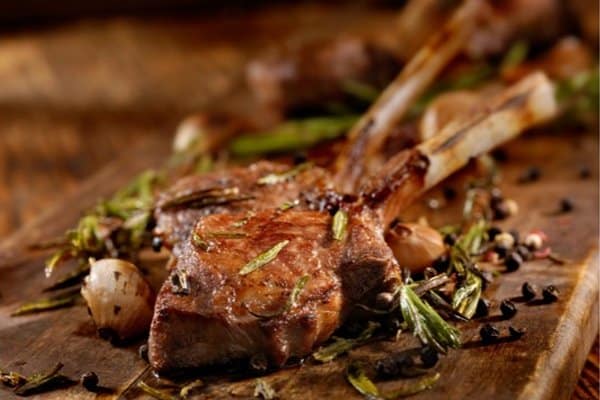
-
- Chicken
A chicken breast with its skin removed is one third solid protein and it’s lower in saturated fats than red meat. Like most other meats, it also contains zero carbs.
- Chicken
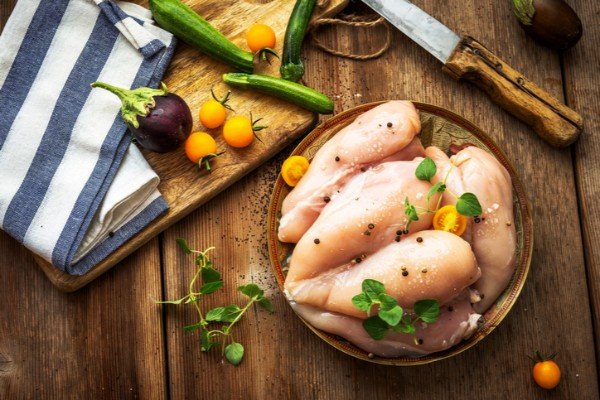
-
- Pork
The Australian pork industry encourages to get some more pork on our fork and there’s no reason why a little pig on your plate isn’t good for you. Cholesterol can be a little high, so don’t bring home the bacon every day. Though you can offset this a little bit by adding some kidney beans or lentils. But it is also high in thiamine and zinc, which for men, is great for increasing hormone testosterone.
- Pork
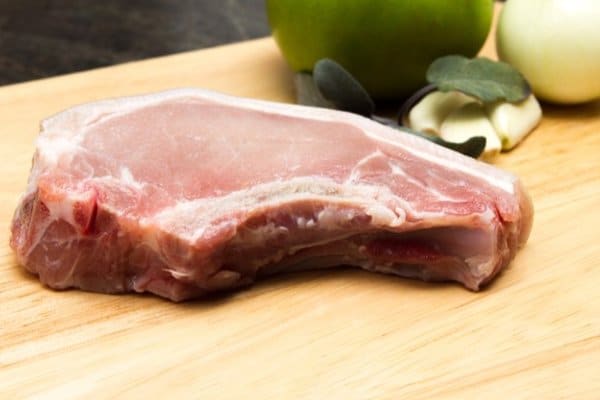
- Eggs
Chickens bless us with these little protein balls that are so simple to make with nothing but water in a pot on a stove. Eggs are 13% protein and just 3.3% saturated fat, a lot of that is in the yolk. They’re also high in vitamin D. They should be limited however if you have high cholesterol.
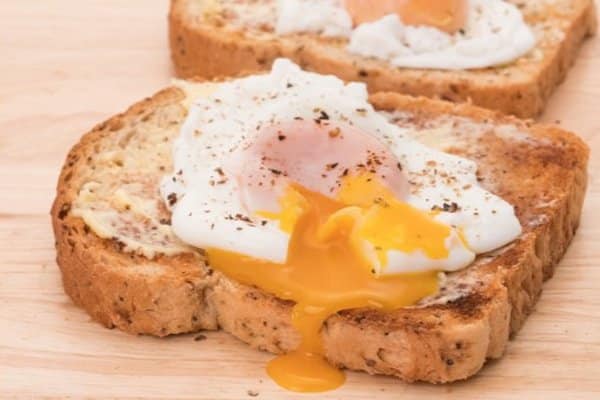
WHAT IS A CARBOHYDRATE OR CARB?
According to science, a carbohydrate is a biomolecule that has carbon (C), hydrogen (H) and oxygen (O) atoms. For humans (and other animals), it’s a form of energy for our bodies.
In biochemistry, it is known as a ‘saccharide’, which is a group that includes sugars, starch, and cellulose.
The saccharides are divided into four chemical groups, we won’t bore you with their long names which you can find elsewhere. More commonly, carbohydrates are commonly referred to as sugars as the word saccharide comes from the Greek word sákkharon which means “sugar”. These sugars are broken into “ose” words, as in fructose (fruit sugar) and glucose (starch sugar), sucrose (cane or beet sugar) and lactose (milk sugar).
Starch is found in grain foods like cereals (wheat, maize, rice) as well as potatoes and processed food based on cereal flour like bread, pizza or pasta. Sugars appear in human food mainly as table sugar (sucrose, extracted from sugarcane or sugar beets), lactose (abundant in milk), glucose and fructose, both of which occur naturally in honey, many fruits and some vegetables. Table sugar, milk or honey are often added to drinks and many prepared foods such as jam, biscuits and cakes.
So what are good carbs and bad carbs?
When someone says they’re on a “low carb diet”, you would hope they are referring to deleting the bad ones out of their diet and not the good ones.
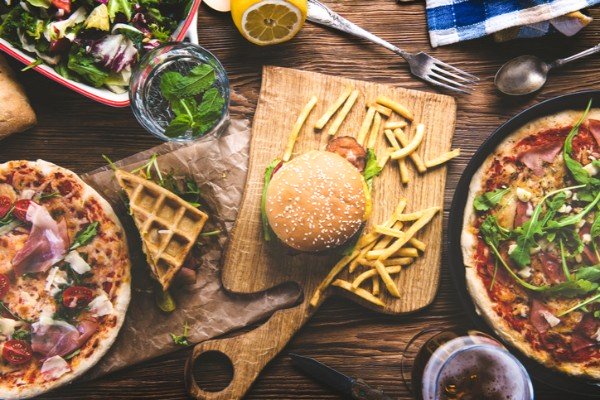
Carbs can be ‘simple’ or ‘complex’, though ‘whole’ or ‘refined’ is an easier way to remember them without needing to know the science. That’s because the simple rule is, if it is straight out of nature then more than likely it’s good for you. If it has been processed in some way, chances are it’s going to be bad.
Simple or unprocessed carbs contain natural fibre which as you’re probably aware is good for your digestive system in many ways. These carbs come from vegetables, whole fruit, legumes, potatoes and whole grains.
Meanwhile, refined carbs are things like sugar-sweetened beverages, fruit juices, pastries, white bread, white pasta, white rice and others. Diets high in these foods are known to cause a number of health problems like obesity and type II diabetes. Despite their huge energy content, major spikes in blood sugar levels lead to a crash that will make you even more hungry and therefore consume more calories. So the rule to live by is, eating fresh produce is way more important than counting carbs.
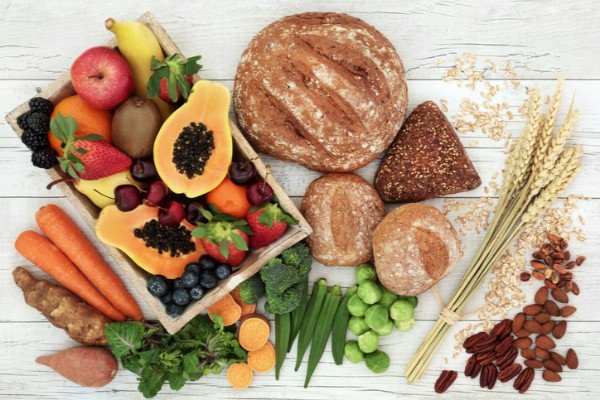
WHAT ARE FATS?
Fats, scientifically known as triglycerides, are unfairly given a bad wrap. Fat is an important food source for many animals and help both our structural and metabolic functions. The fatty acids that are known as essential fatty acids (EFAs) in human nutrition are alpha-linolenic acid (an omega-3 fatty acid) and linoleic acid (an omega-6 fatty acid) which are not only good for us, but essential in our diets.
The bad fats are known as saturated fats and these in a science sense have no double bonds between the carbons in the chain while unsaturated fats have one or more double bonded carbons in the chain. Hence the good fats are known as polyunsaturated and monounsaturated fats.
Saturated fats are solid at room temperature which is why animal fats and lard are high in this saturated fatty acid content, while your good fats come from olive and linseed oils (liquids). As most of us already know, fats serve both as energy sources for the body and of course it stores in the body for energy as well.
Saturated Fat (bad fat) Foods
Foods containing a high percentage of saturated fat usually are from animal fat products such as cream, cheese (especially yellow varieties), butter, other whole milk dairy products and fatty cuts of meats. However, certain vegetable products contain high saturated fat content, such as coconut oil and palm kernel oil. But basically the best way to avoid saturated fats is to consume vegetables as much as possible and opting for low fat meats such as fish and poultry. Fish has roughly half the amount of saturated fats per gram than beef does. Chicken and turkey breast (skin free) is half way in between those. However, the worst foods for saturated fat content is processed meats such as sausage, frankfurts and salami.

Polyunsaturated Fat Foods
Monounsaturated fats and polyunsaturated fats have many health benefits such as insulin resistance, reduce cholesterol and increase triglyceride levels.
What are the best foods for good fats?
- Avocado – This green fruit is loved and hated by many but is a great addition to meals due to its unsaturated fat content.

-
- Olives – Like avocados, these are great to add to your salads and meals as they’re high in monounsaturated fats.
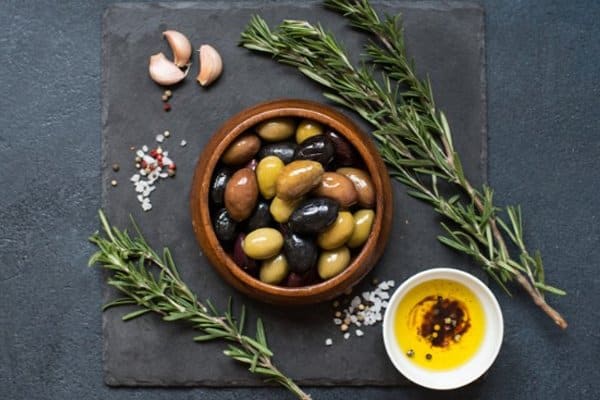
-
- Nuts – High in both polyunsaturated and monounsaturated fats (and protein), nuts are great for your health. Some nuts like walnuts are high in poly, while pistachios, almonds and pecans contain a lot of monounsaturated fats. So a variety of different nuts in your diet is good. They also make for a great snack. But be careful as their calorie density is so high, they should only be eaten in small quantities if you are trying to lose weight.
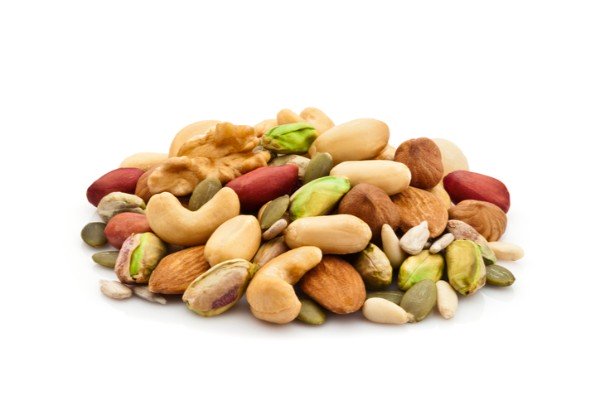
-
- Fish – As you may well have seen in fish oil supplement commercials, fish are high in omega-3 fats which are a type of polyunsaturated fat. Salmon, mackerel, herring, tuna and if you can stomach it, anchovies, are great for this good fat.

-
- Oils –The Italians are amongst the longest living people in the world and they love their olive oil, so they may be on to something. Olive oil, as well as canola, vegetable, safflower, corn and soybean oils are high in good fats as well.

-
-
-
-
-
- Seeds – Much like nuts, these can be high in either types of fats. Sesame seeds are high in mono, while pumpkin, sunflower, flax and chia seeds are high in polyunsaturated fats. Though be sure to opt for the unsalted varieties.
-
DOES ALCOHOL HAVE CALORIES?
It’s important when you’re having a drink to remember that alcohol contains calories/kilojoules. While no one drinks alcohol for health, when you add it to sugary soft drinks, it becomes even worse for your health. If you’re going to have a drink, rum, light beers, gin or champagne are the least worst kilojoule wise. Full strength beer and wines can be up to 60% higher in calories per millilitre. When you consider that these are drunk in much bigger quantities than spirits on the rocks or soda water, it’s no wonder they call it a “beer belly”!
-

-
-

